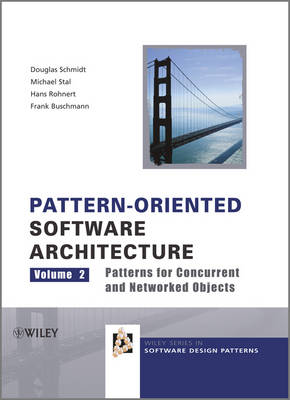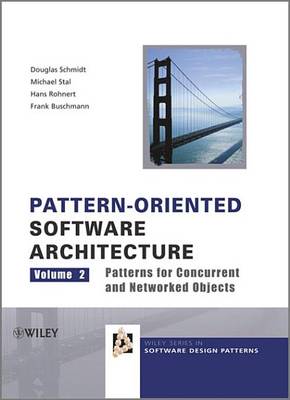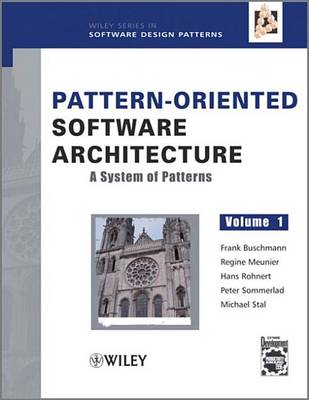Wiley Software Patterns
4 primary works • 7 total works
Book 2
Pattern-orientated Software Architecture
by Frank Buschmann, Douglas C Schmidt, Michael Stal, and Hans Rohnert
Book 6
Pattern-Oriented Software Architecture, On Patterns and Pattern Languages
by Frank Buschmann, Kevin Henney, and Douglas C Schmidt
Book 7
Security Patterns
by Markus Schumacher, Eduardo Fernandez-Buglioni, Duane Hybertson, Frank Buschmann, and Peter Sommerlad
Book 8
Pattern-Oriented Software Architecture
by Frank Buschmann, Kevlin Henney, and Douglas C Schmidt
None of the pattern descriptions are cast in stone and, just as they are borne from experience, it is expected that further use will feed in and refine individual patterns and produce an evolving system of patterns. Visit our Web Page http://www wiley. com/compbooks/
Pattern-Oriented Software Architecture, Patterns for Concurrent and Networked Objects
by Douglas C Schmidt, Michael Stal, Hans Rohnert, and Frank Buschmann
Pattern-Oriented Software Architecture, A System of Patterns
by Frank Buschmann, Regine Meunier, Hans Rohnert, Peter Sommerlad, and Michael Stal
Security is clearly a crucial issue to consider during the design and implementation of any distributed software architecture. Security patterns are increasingly being used by developers who take security into serious consideration from the creation of their work. Written by the authority on security patterns, this unique book examines the structure and purpose of security patterns, illustrating their use with the help of detailed implementation advice, numerous code samples, and descriptions in UML.
- Provides an extensive, up-to-date catalog of security patterns
- Shares real-world case studies so you can see when and how to use security patterns in practice
- Details how to incorporate security from the conceptual stage
- Highlights tips on authentication, authorization, role-based access control, firewalls, wireless networks, middleware, VoIP, web services security, and more
- Author is well known and highly respected in the field of security and an expert on security patterns
Security Patterns in Practice shows you how to confidently develop a secure system step by step.




